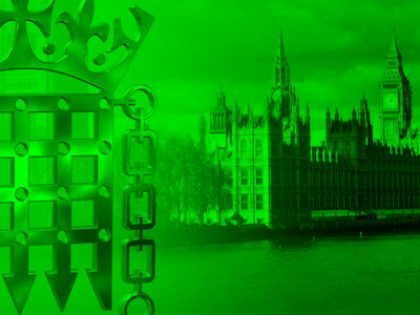Responses to the news have ranged from questioning the methodology, the process by which a conclusion was drawn and who funded the study – but De Andrade is not someone who is naturally an opponent to vaping. Marissa has worked with Linda Bauld in the past (a staunch supporter of electronic cigarettes) and has been published by Public Health England (PHE), they of the 95% safer report.
Moreover, the Royal Society for Public Health (RSPH) published the study. The RSPH has taken a pro-vaping stance, previously calling for a greater acceptance of ecigs and denigrating Capewell & McKee’s criticisms of the PHE report.
De Andrade’s funding is open to the public and displays no potential for influence from pharmaceutical or tobacco companies. So, maybe the conclusions should be given more consideration than they have received so far?
The lead comment is certainly unsettling: “School children are using e-cigarettes as a gateway to smoking.” Another finding is that “most high school students find the fruity, sweet-like flavourings of e-cigarette liquids attractive.”
Having interviewed 182 students, aged 13-16, De Andrade’s team were unequivocal that children were being able to access vaping equipment and were using ecigs to begin dabbling with nicotine products. Responses indicated that, as well as the flavours holding an appeal, the lack of an odour made vaping undetectable by parents
Feedback indicated that “in one school, it was suggested that up to 30 students used e-cigarettes and some then went on to use cigarettes.” The clear rejoinder to this is that experimentation is something that children do – and also that one event does not prove a link to a secondary event.
But, and here lies a problem for vaping, what if some of those children would not have gone on to experiment with smoking if they had not tried vaping first? When viewed in such a light it is possible to empathise with those who express concerns about marketing and flavours.
The problem with the study lies in that it is grounded in the opinions and statements of children rather than a piece of longitudinal research that produces data able to be analysed. In that sense it is impossible to draw a conclusion that children are using e-cigs as a gateway to smoking, there’s a lack of evidence to support it.
The issue boils down to one of accessibility. It doesn’t seem reasonable to remove flavours because it attracts some people; we do not ban alcopops. One student highlights (possibly) the major problem: “the e-cigarette fluids are really cheap and readily available in newsagents and corner shops.”
But then, children manage to obtain alcohol and illegal drugs. If legislation hasn’t stopped that is there any hope of it preventing them obtaining a cigalike? Do you have a solution?
Dave Cross
Journalist at POTVDave is a freelance writer; with articles on music, motorbikes, football, pop-science, vaping and tobacco harm reduction in Sounds, Melody Maker, UBG, AWoL, Bike, When Saturday Comes, Vape News Magazine, and syndicated across the Johnston Press group. He was published in an anthology of “Greatest Football Writing”, but still believes this was a mistake. Dave contributes sketches to comedy shows and used to co-host a radio sketch show. He’s worked with numerous start-ups to develop content for their websites.
Join the discussion
Parliament Fears Two
The Department for Environment, Food and Rural Affairs faced questions from a Conservative MP and, oddly, a member of the Department for Environment, Food and Rural Affairs
Harm Reduction For The Rich
The United Kingdom risks becoming a harm reduction country only for the wealthy, according to Michael Landl of the World Vapers’ Alliance
Sacrificing Health For 2p Cut
Tory Government alienates vaping voters with its mission to cut tax by an unaffordable 2p to attract voters by placing a tax on vape products in the forthcoming budget
Scotland Announces Single-Use Vape Action
A ban on the sale and supply of single-use vapes in Scotland is due to come into effect on 1 April 2025, under proposed legislation published today






-listing400.jpg)




